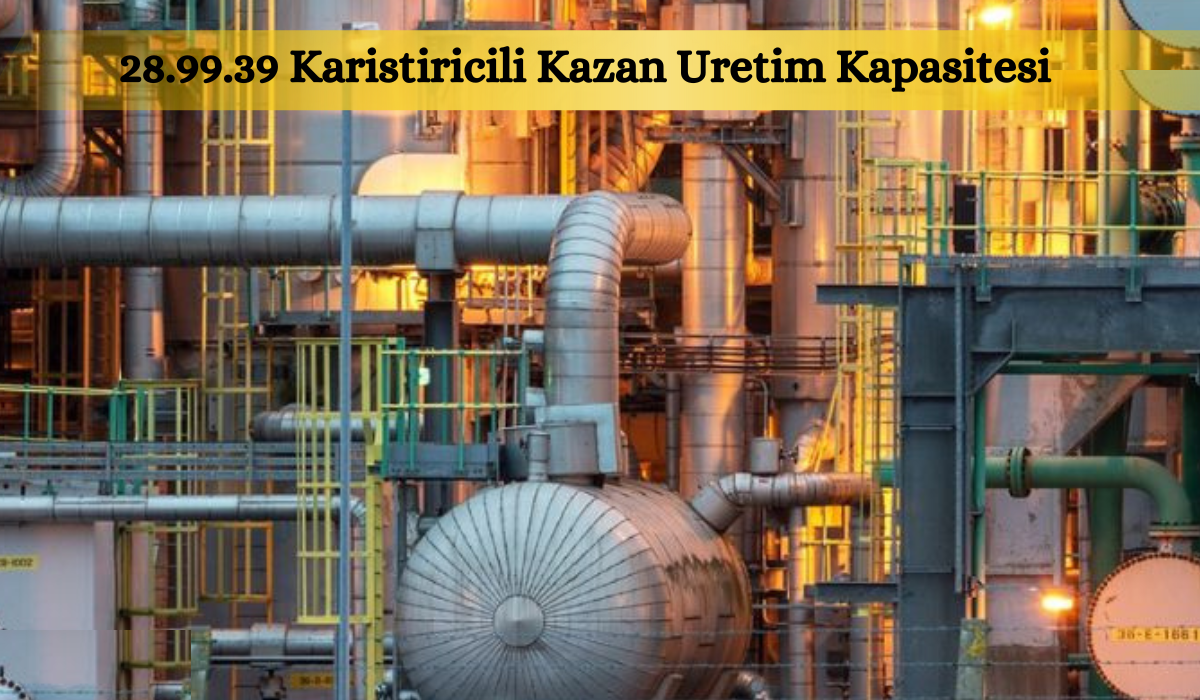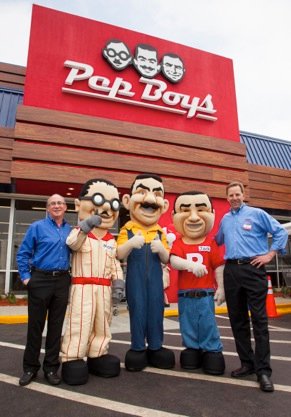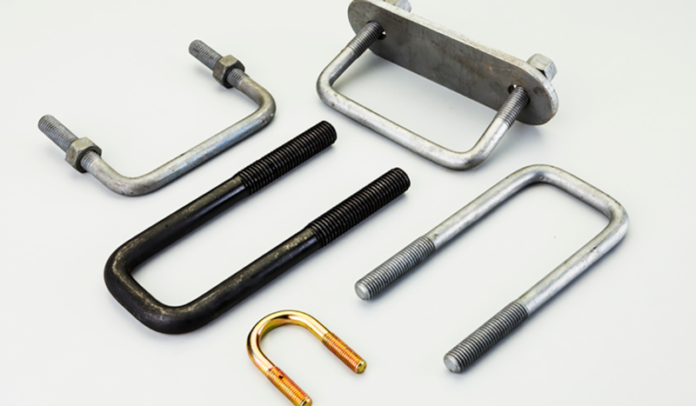In the realm of manufacturing and production, understanding the capacity and capabilities of industrial equipment is paramount to maintaining efficiency and meeting production targets. Among such critical equipment is the 28.99.39 mixing furnace, a specialized machine designed for blending and processing various materials at high temperatures. This article will delve into the production capacity of the 28.99.39 Karistiricili Kazan Uretim Kapasitesi mixing furnace, exploring how it contributes to manufacturing processes and the factors influencing its efficiency.
Understanding the 28.99.39 Mixing Furnace
Before we can assess its production capacity, let’s first understand what a 28.99.39 mixing furnace is and its role in production.
What Is a Mixing Furnace?
A mixing furnace, at its core, is a type of industrial furnace that is designed to heat and mix materials to create homogenous mixtures. These furnaces are widely used in industries such as chemicals, glass, metallurgy, and ceramics, where precise temperature control and thorough mixing are critical for product quality.
The Role of the 28.99.39 Model in Production
The 28.99.39 model of mixing furnaces is known for its robust design and versatile application in industrial settings. It is engineered to handle a variety of materials, maintain consistent temperature distribution, and optimize the mixing process to ensure even homogeneity and prevent material clumping.
Production Capacity of the 28.99.39 Mixing Furnace
When evaluating the production capacity of the 28.99.39 mixing furnace, several factors come into play. Here, we explore its capacity and how it affects overall production efficiency.
Quantifying Production Capacity
Production capacity refers to the maximum output that can be achieved by a production unit over a given period under normal operating conditions. For the 28.99.39 mixing furnace, this capacity would be quantified based on the volume of materials it can process and the speed at which it can achieve the desired mixing and heating results.
Factors Affecting Production Capacity
Several factors influence the production capacity of the 28.99.39 Karistiricili Kazan Uretim Kapasitesi mixing furnace. These include:
- Material Characteristics: The type of materials being processed can affect the furnace’s efficiency. Some materials may require longer heating or mixing times, thus impacting the overall throughput.
- Temperature Requirements: Different production processes may require different temperature settings. Achieving and maintaining the required temperatures will influence the furnace’s capacity.
- Operational Efficiency: The expertise of the operating personnel, the condition of the furnace, and the efficiency of the mixing mechanism all play a role in determining how effectively the furnace operates.
- Maintenance and Downtime: Regular maintenance is crucial to avoid unscheduled downtime, which can significantly reduce the furnace’s production capacity.
Maximizing Production Efficiency with the 28.99.39 Mixing Furnace
To harness the full potential of the 28.99.39 mixing furnace, it’s essential to focus on maximizing production efficiency. Here’s how manufacturers can achieve this.
Regular Maintenance and Upkeep
Consistent maintenance is key to ensuring the furnace operates at peak performance. This includes scheduled inspections, cleaning, and replacement of worn parts, which can prevent unexpected breakdowns and maintain a consistent production capacity.
Optimizing Operational Parameters
Fine-tuning the operational parameters such as temperature settings, mixing speeds, and cycle times can lead to a more efficient use of the furnace’s capacity. This optimization often requires a balance between production speed and quality to ensure the final product meets the necessary standards.
Training and Skilled Operation
Skilled operators who are knowledgeable about the furnace’s capabilities and limitations can make informed decisions that enhance production efficiency. Proper training ensures that personnel can respond effectively to any issues that may arise during operation.
Integration with the Production Line
The 28.99.39 mixing furnace should be seamlessly integrated into the overall production line. This means coordinating its operation with upstream and downstream processes to avoid bottlenecks and ensure a smooth workflow.
Technology and Innovations in Mixing Furnace Capacity
Technological advancements have paved the way for significant improvements in the capacity and efficiency of mixing furnaces like the 28.99.39.
Automation and Control Systems
Advanced control systems allow for precise temperature and mixing control, reducing the likelihood of human error and enhancing the consistency of the output. Automation also enables continuous monitoring and adjustments in real time, which can directly impact the furnace’s production capacity.
Energy Efficiency Measures
Innovative designs aimed at reducing energy consumption not only lower operational costs but can also increase the furnace’s capacity. Manufacturers can process more material without additional energy expenditure by minimizing heat loss and optimizing energy use.
Material Handling and Feeding Systems
Incorporating automated material handling and feeding systems can streamline the loading and unloading process, reducing cycle times and increasing the overall throughput of the furnace.
Challenges and Considerations
Despite the capabilities of the 28.99.39 mixing furnace, manufacturers must navigate certain challenges to leverage their production capacity fully.
Scalability
As production demands grow, the scalability of the furnace becomes a critical consideration. Manufacturers must evaluate whether the 28.99.39 can meet increased output requirements or if additional units or larger models are necessary.
Environmental and Safety Regulations
Compliance with environmental and safety regulations may impact the operational parameters of the furnace, potentially affecting its production capacity. Manufacturers must ensure that any adjustments made for compliance still allow the furnace to operate efficiently.
Cost-Benefit Analysis
When investing in improvements or new technologies for the furnace, it’s important to perform a cost-benefit analysis. The cost of upgrades or modifications should be justified by the expected increase in production capacity and efficiency.
Conclusion: The Role of the 28.99.39 in Modern Production
The 28.99.39 Karistiricili Kazan Uretim Kapasitesi mixing furnace is a vital piece of equipment in many industrial manufacturing processes. Its production capacity is influenced by a variety of factors, from material characteristics to operational efficiency. By understanding and optimizing these factors, manufacturers can enhance production efficiency, reduce costs, and maintain a competitive edge in their respective markets.
Whether through regular maintenance, technological upgrades, or skilled operation, leveraging the full capacity of the 28.99.39 mixing furnace is key to achieving production targets and ensuring the quality of the end product.
With the right approach, the 28.99.39 mixing furnace can be a powerhouse of productivity, driving the success of manufacturing operations and contributing to the overall growth of the industry.




